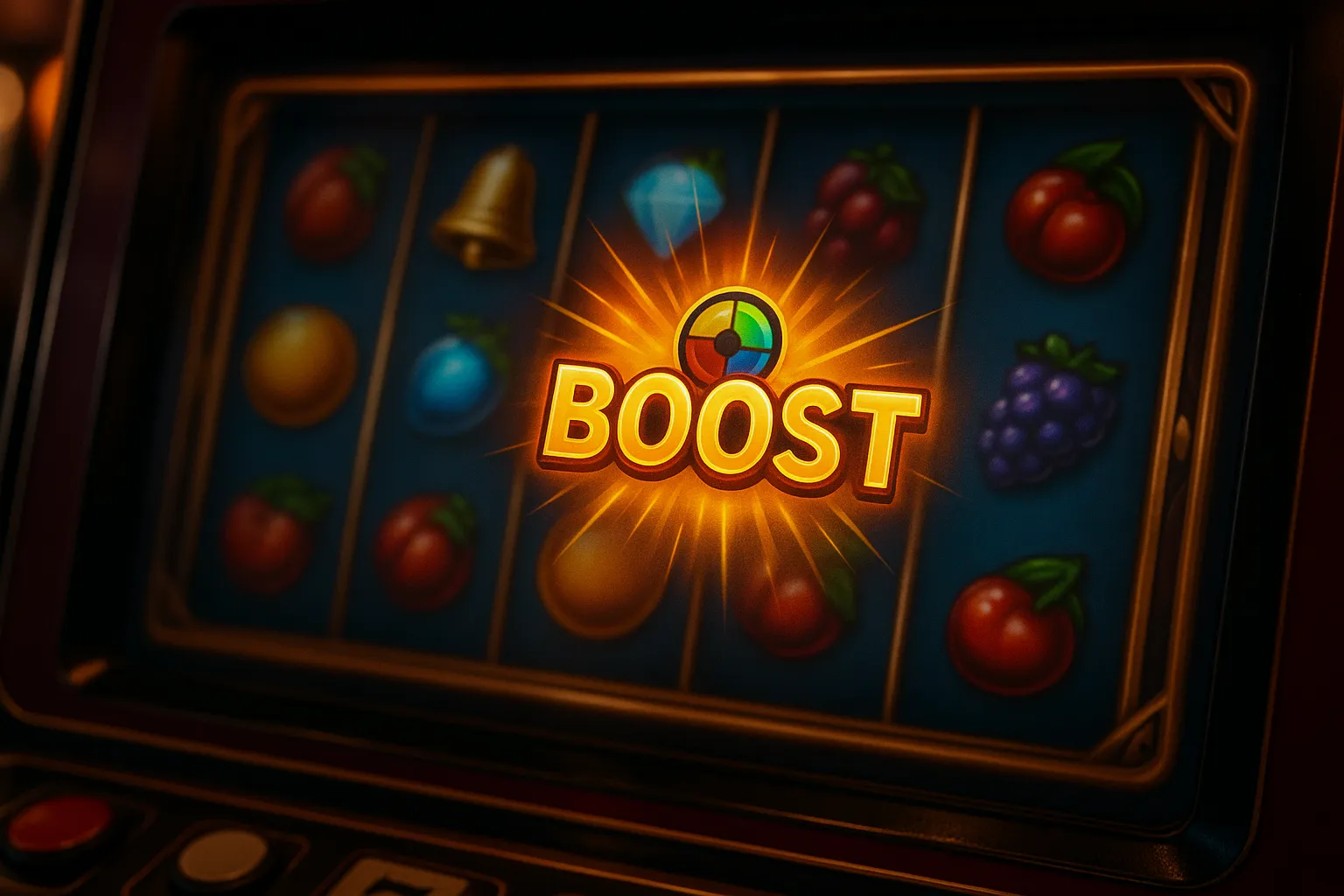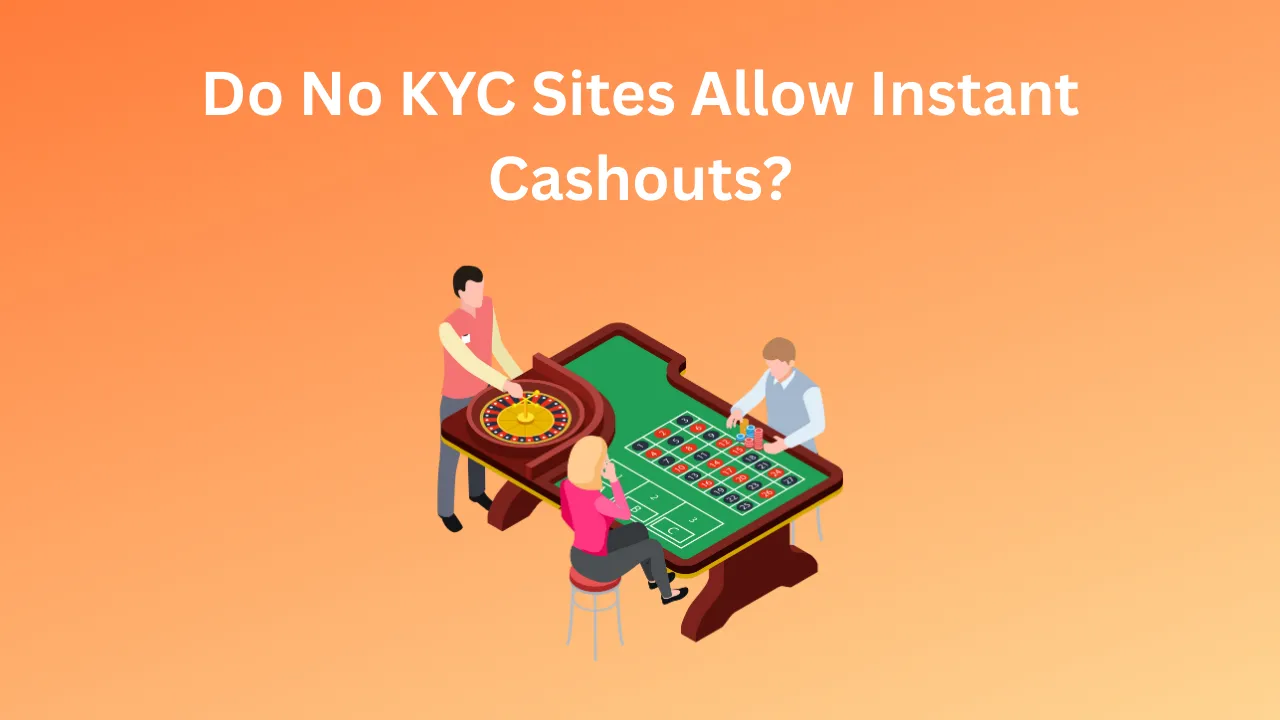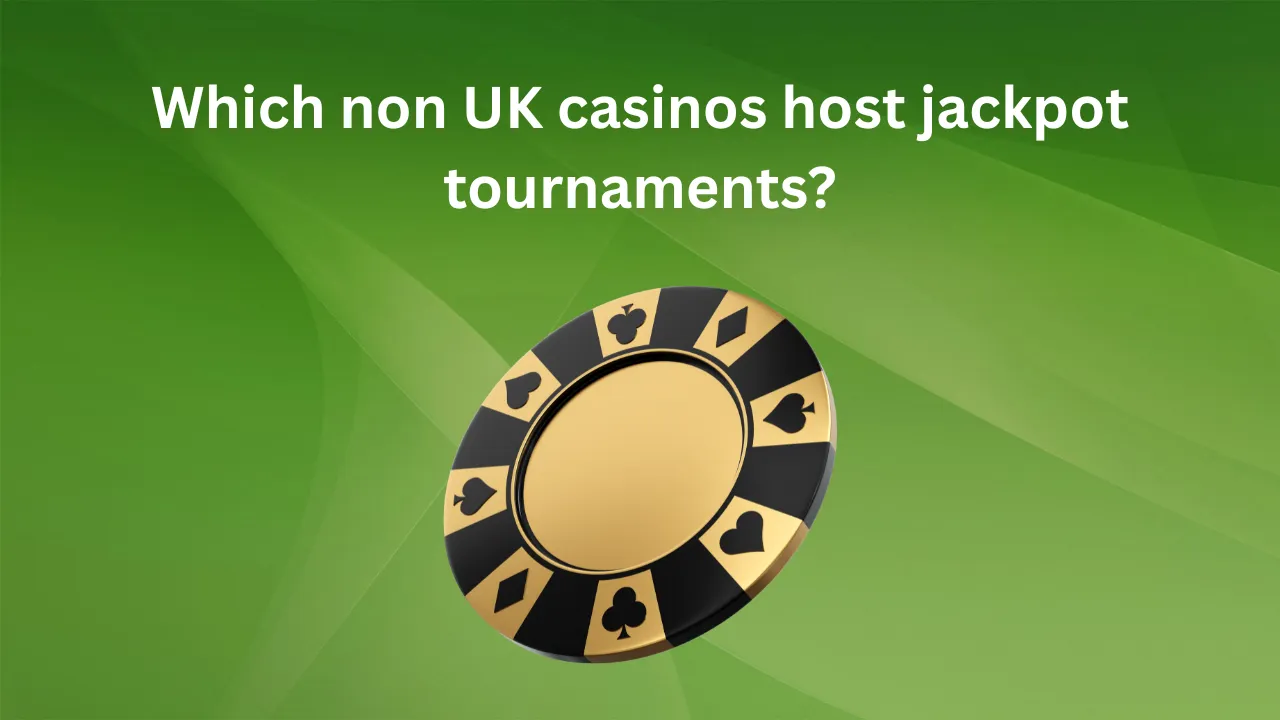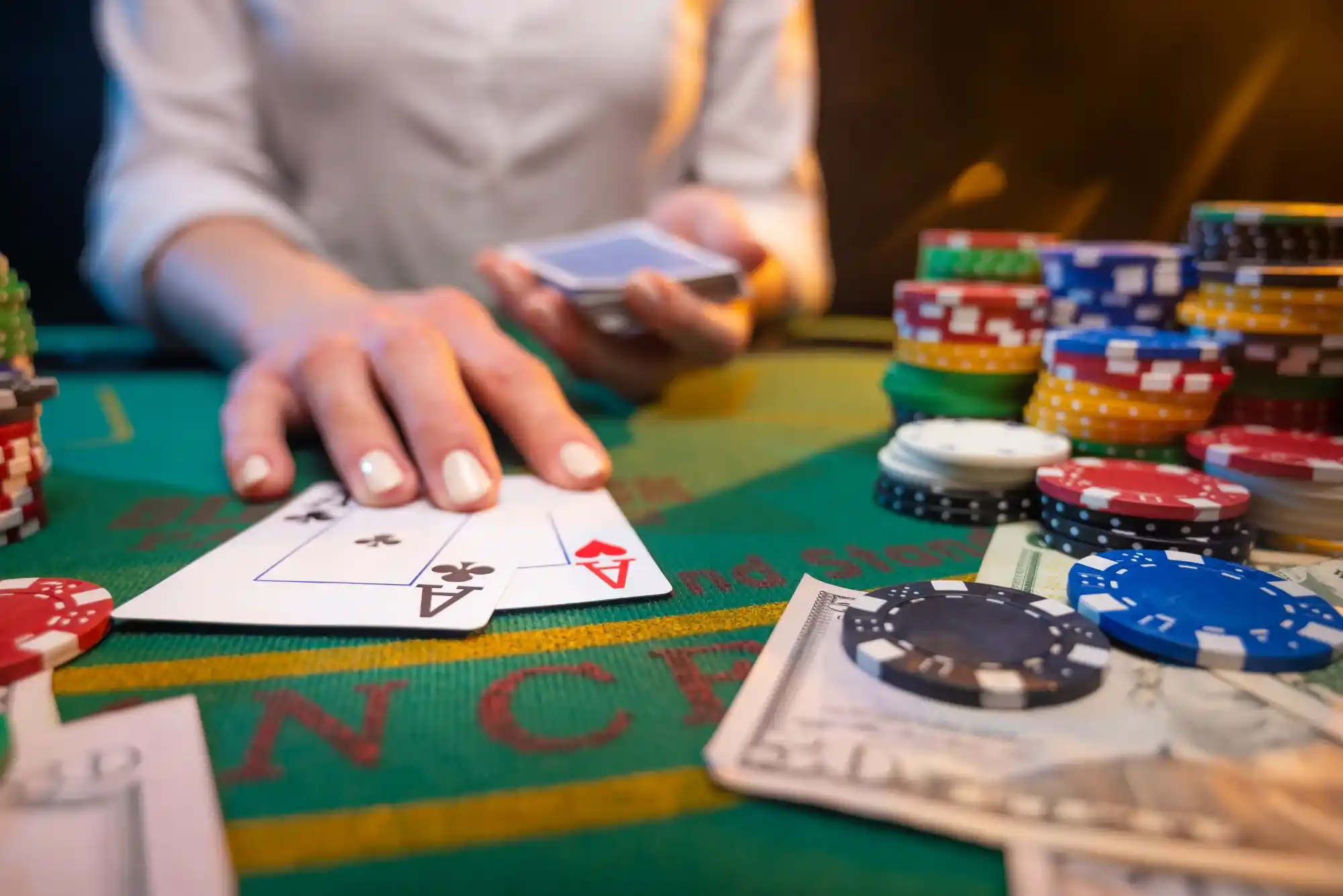I’ll never forget the moment I first noticed a “boost” icon light up on my favorite five-reel slot. I was midway through a session, sipping coffee at a late-night casino stream, when suddenly the reels slowed, and a bright “BOOST” shimmer appeared. It felt spontaneous—like the game was rewarding me just for showing up. But as both a passionate slot player and a gaming analyst, I’ve learned that these boosts aren’t always as random as they seem. In this article, I’ll explore when and why slot boosts appear, how different games handle them, and what strategies you can adopt to make the most of these exciting bonuses.
What Are Slot Boosts and Why They Matter
Slot boosts—sometimes called “feature triggers” or “power-ups”—are special enhancements in modern video slots that can multiply wins, add wilds, or unlock free spins. You might see them as a glowing icon overlay, a sudden flash, or a mini-animation. Unlike traditional bonus rounds, boosts can be intermittent and unpredictable, giving players a thrill when they pop up. From a game design perspective, these boosts keep engagement high by breaking the monotony of regular spins and dangling the possibility of a big win at any moment.
Thinking back on my own experiences, I recall how a well-timed boost turned a modest session into a memorable night. However, behind the scenes, developers balance boosts carefully to ensure fairness, maintain house edges, and comply with regulations. That delicate balance means boosts often follow specific algorithms rather than pure chance.
How Boost Timings Are Determined
Contrary to what many believe, boosts are not entirely random. While the player’s perspective might feel like pure luck, game providers use a combination of programmed rules and random number generators (RNGs) to decide when a boost appears.
RNG ensures each spin’s outcome—win, loss, or boost—is unpredictable over the long run. Yet on top of the RNG, developers build logic layers. For example, a game might be programmed to guarantee a minimum number of boosts per session or to trigger one after a certain number of non-winning spins. This hybrid approach ensures that players aren’t left in a dry spell for too long, fostering a sense of excitement without skewing payout percentages unfairly.
The Role of Session Length and Bet Size
Interestingly, session length and bet size can influence boost frequency. Many games track how many spins a player has initiated in a session. After, say, 50 spins without a boost, the system may automatically increase the probability of one appearing. Similarly, higher wager levels can unlock more frequent or more potent boosts. Game developers often justify this by arguing that players taking bigger risks deserve commensurate rewards. Of course, this also encourages higher bets—a win–win for developers and casinos.
Case Study: Aviator Money Game and Boost Mechanics
When the aviator money game burst onto the scene, it brought a whole new spin on boosts. Unlike standard video slots, Aviator is a crash-style game where a plane ascends and multiplies your bet until it “crashes.” Earlier implementations of Aviator included sudden multipliers that acted like boosts, kicking in at unpredictable points to spice up gameplay. After countless player reports of “lucky streaks” tied to these boosts, regulators stepped in. Some operators now cap the maximum boost multiplier or schedule boost opportunities at fixed intervals to comply with fairness guidelines. This balance between randomness and structure is a shining example of how boost mechanics evolve under player feedback and oversight.
Can You Predict Boost Appearances?
Predicting boosts with 100% certainty is impossible—if it were otherwise, the feature would lose its appeal and likely violate fair play principles. However, savvy players can look for subtle cues. Some games include animations or sound effects that signal an increased boost probability. Others may display a “boost meter” that fills with each spin, hinting at an imminent bonus. By paying attention to these design elements, you can better anticipate when a boost might strike.
Moreover, maintaining a steady betting pattern can position you for scheduled boosts. If a game guarantees a boost every 100 spins, pacing your session to align with those intervals may increase your chances of catching that next enhancement.
Responsible Gaming and Boost Transparency
With the surge in boost-driven features, transparency has become a priority for responsible gaming advocates. Players deserve to know how often boosts can occur and any conditions tied to them. In some regions, game providers must publish volatility ratings and hit frequency data, giving users insights into how often features like boosts are likely to trigger. Always check the game’s information panel or consult independent review sites before diving in.
Boosts, by design, can accelerate bankroll fluctuations. A well-placed multiplier can boost wins dramatically, but extended low-boost periods may tempt risky chasing behaviors. Setting personal stop-loss limits and sticking to a budget remains as crucial as ever, regardless of boost mechanics.
Comparing Boost Mechanics Across Providers
Different software studios take varied approaches to boosts. Some favor “cluster boosts” that activate when symbols form specific patterns, while others use time-based triggers that reward players after every X minutes of play. I’ve mapped out my own observations from testing over 20 slots:
-
Studio A: Guarantees at least two boosts every 200 spins, with a small audio cue warning one is imminent.
-
Studio B: Uses a random meter that fills on wins only—boosts arrive more often during winning streaks.
-
Studio C: No guaranteed boosts; purely RNG-based triggers, resulting in longer droughts but occasional massive multipliers.
Understanding these provider differences helps you choose games that align with your play style—whether you prefer frequent small boosts or rare but hefty ones.
How to Optimize Your Play Around Boosts
While you can’t control when boosts appear, you can optimize your sessions:
-
Choose the Right Volatility: Lower-volatility games tend to deliver smaller, more frequent boosts, while high-volatility titles offer big boosts but less often.
-
Use Bankroll Segmentation: Break your total budget into smaller sessions, pacing your spins to coincide with expected boost intervals.
-
Watch for In-Game Signals: Learn each game’s unique boost cues—visual meters, sound effects, or animated icons.
-
Read Game Reviews: Look for published data on boost frequency and details from reputable review sites.
The Future of Slot Boosts
As AI and machine learning advance, boosts may become even more personalized. Imagine a system that adjusts boost timing to your play style—slower boosts when you’re cautious, and rapid-fire perks when you’re on a hot streak. Regulators and responsible gaming bodies will undoubtedly monitor these innovations closely, ensuring personalization doesn’t cross into manipulation.
Conclusion
Slot boosts are far more than random sprinkles of luck—they’re carefully engineered features designed to balance excitement, fairness, and profitability. From classic reel games to crash titles like Aviator Money Game, boosts keep us on the edge of our seats. While you can’t predict them with absolute certainty, understanding session mechanics, volatility levels, and in-game cues can help you align your strategy for the best experience. Ultimately, boosts are part of the fun, but smart play—setting budgets, pacing spins, and staying informed—ensures that excitement never turns into regret.




